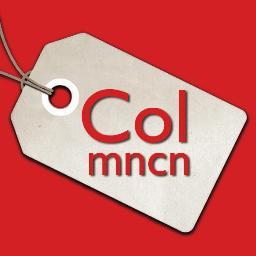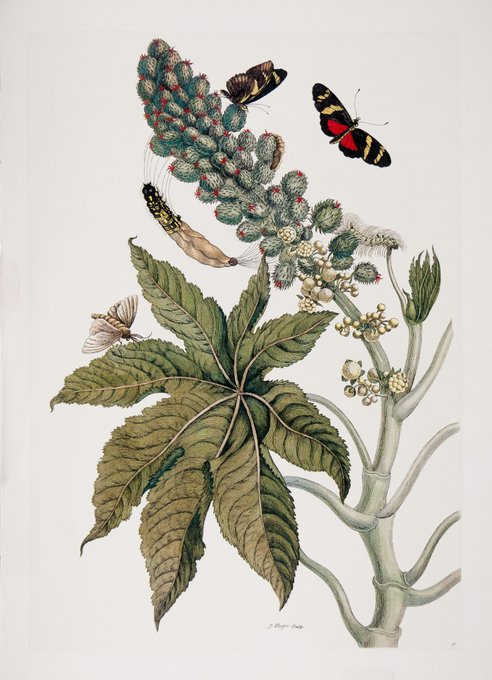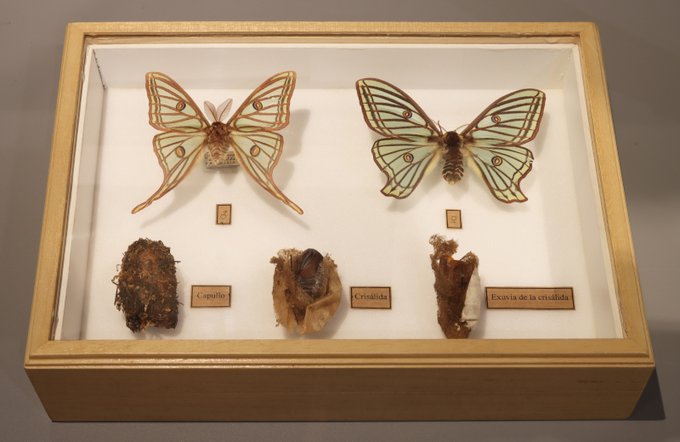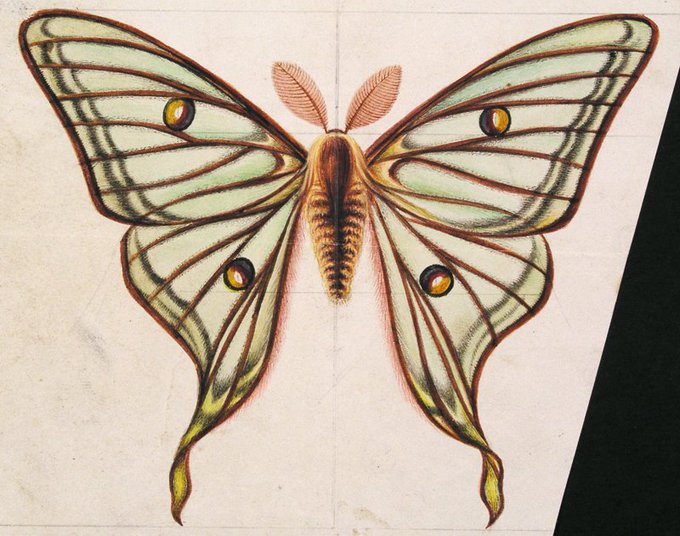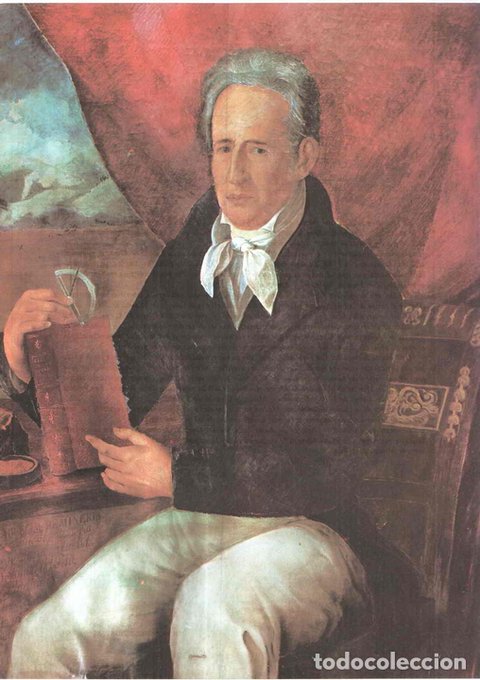With her drawings #MariaSibyllaMerian broke the scientific molds of the time. In 1705 she published her masterpiece Metamorphosis insectorum Surinamensium, which greatly impressed #Linnaeus, who drew on Merian's observations for some of his Systema Naturae texts. #SciArt #HistSci
#BotanicMonday For centuries there was a close relationship between art and science. An example is #ScientificExpeditions in past centuries, in which artists were essential to show the animals and plants overseas as faithfully as possible. #SciArt #Birds #Butterflies #Museums
#MothMonday The discovery of the Spanish moon moth (Graellsia isabellae) in 1848 caused a real stir among European entomologists. For more than a century it was a coveted piece by scientists and collectors, who did not hesitate to travel to Spain to try to capture it #MothsMatter
La expedición #Malaspina (1789-1794) fue un viaje científico-político de circunnavegación que empleó a naturalistas y pintores que hicieron más de 800 dibujos de #botánica, #zoología, #etnografía... Los dibujos permitían difundir la información y hacer visible el imperio. #SciArt
#BotanyMonday The botanist José Celestino Mutis was the promoter of one of the great Spanish scientific trips: the Royal Scientific Expedition of the Viceroyalty of New Granada (1783-1816), in which some 2,700 species were collected and more than 7,100 drawings were made #HistSci
#TalDíaComoHoy en 1809 nació en #LaRioja Mariano de la Paz #Graells, uno de los científicos españoles más importantes del #sigloXIX. Dirigió el MNCN entre 1851 y 1867. Realizó valiosos proyectos de #zoología aplicada y descubrió la mariposa Graellsia isabellae. #MNCN250 #Historia
For @explorearchives #Achievements The purchase of the collection of scientific engraving and drawing of the Dutch Johanes le Franq #VanBerkhey in 1785, one of the most complete iconographic sample that exists of the knowledge in #zoology in the #18thcentury. #SciArt #MNCN250
#OTD in1764 the Spanish-Mexican scientist Andrés Manuel del Río was born. He discovered the #vanadium in 1801 and proposed it be given the name panchromium, or later, erythronium, but his discovery was not credited at the time, and his names were not used. #Science #Chemistry
Taxidermy has played an essential role in bringing wild animals closer to the public and increasing their scientific culture. @ximena_maier illustrates it for us with her fantastic drawings based on the work of the MNCN' #taxidermists #BeneditoBrothers. #MNCN250 #MuseumInMotion
